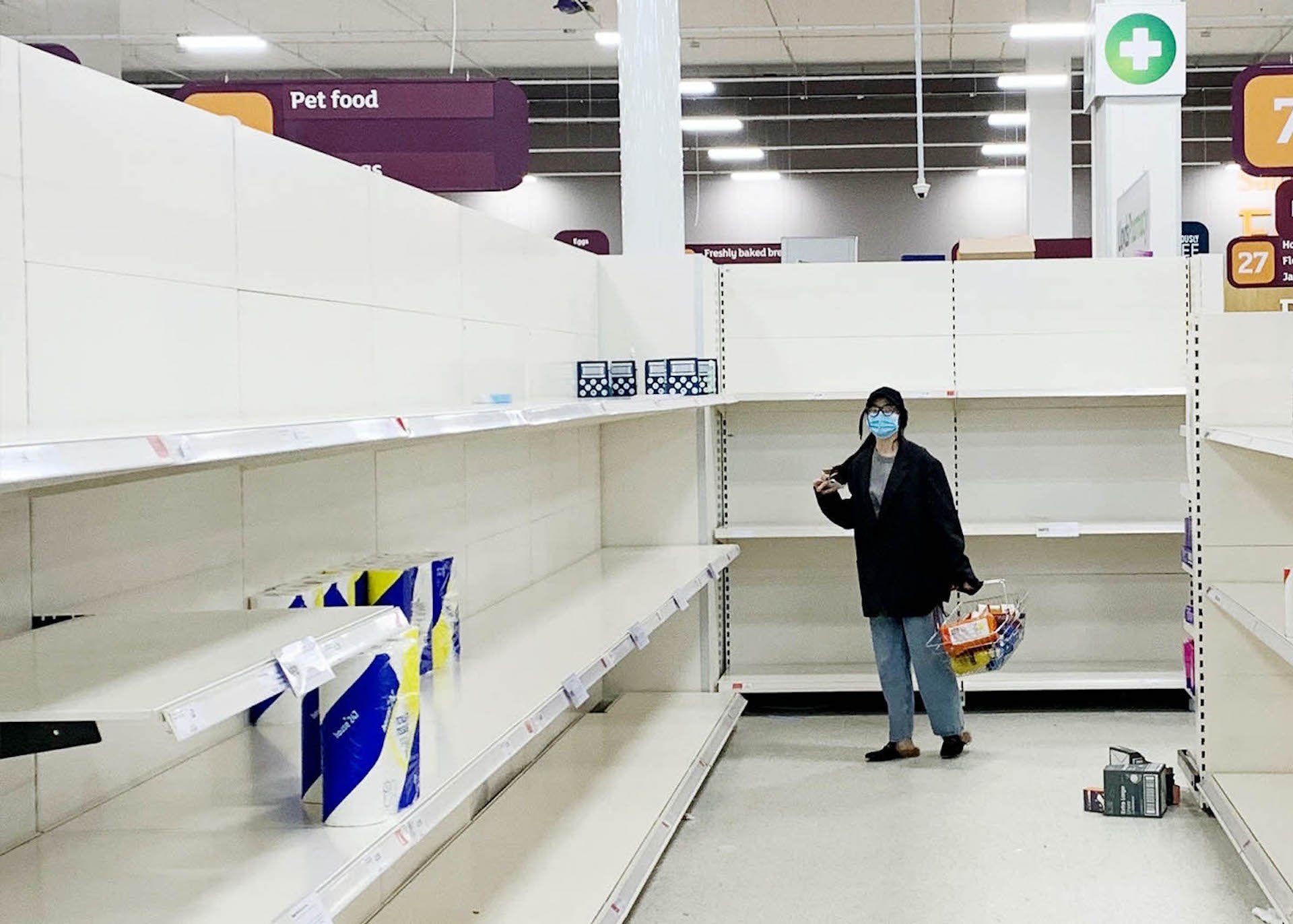Featured Offer: AI Accelerators
Industry-optimized AI tools designed to solve your toughest challenges in weeks, not months.
Capabilities


Industry-optimized AI tools designed to solve your toughest challenges in weeks, not months.


The past year has shown supply chains were engineered for efficiency but not agility. That has come at a price. Restaurants and retailers knew they needed to address this beforehand, but the past year has accelerated that.
New research by the Advanced Supply Chain Group shows business disruption has resulted in four out of five (82%) retailers changing their approach to stock management, with a third (33%) of retailers developing contingencies to protect against supply chain disruption.
Retailers who had robust inventory management and overall support platforms did a much better job navigating the fluid situation.
For example, some fast food retailers and their strategic support partners leveraged their real-time monitoring and reporting systems to identify locations that were likely to run out of stock on key items, such as hamburger patties.
The ability to identify weak points in the supply chain and address them in real-time was key to maintaining and managing customer satisfaction.
What we’re seeing in the research lately is restaurants and retailers are really pushing hard to take advantage of the new data available to them and the new data insights available from AI.
The new data is market data, social media, sporting events, competitive data, location data and other non-transactional, external data that can help them understand the subtle changes in demand that can have a material impact on their ability to succeed.
What they’re doing — and all retailers and restaurants should consider — is figuring out how to plan at a hyper-local level. It requires the ability to see and respond to disruptions in something much closer to real time.
The ability to monitor the supply chain in something approaching real time with signals generated by AI analytics can help retailers respond much more quickly to disruptions when they occur.
Nothing frustrates customers more than placing an order only to later find out that the desired item is out of stock. That experience puts consumers on the spot, forcing them to make an instant decision and select something that they didn't want in the first place.
However, if retailers manage expectations before the consumer reaches the moment of ordering, there is a much higher chance of avoiding customer frustration.
We’re looking for retailers to make changes to their supply chains, to consider more localized assortments and more holdbacks for omnichannel demand. We’re looking to see that they have the ability to change fulfillment levels to stores based on real-time needs.
For organizations with the right internal support infrastructure, this type of proactive position is much easier to take. When faced with a shortage of a critical items, these retailers can adjust impacted limited-time offerings, mark items as unavailable on order-ahead apps, and even set specific locations to "closed" with the tap of a button.
These actions don't change the fact that certain ingredients and items may be unavailable, but it allows the retailers to better manage customer expectations.
If the past year has taught us anything, it's that technology is no longer a competitive advantage; it's an absolute necessity.
Systems and processes that supported the mass merchandising model have to be changed to support the new ways. The good news, at least on the technology front, is today’s systems are capable of supporting that kind of model.
Instead of having thousands of merchandising or menu decisions, you can have millions and a need to respond to the hyper-localized nature of demand.
That’s more complicated than the old model, and if it isn’t done well it will destroy profitability. And the one thing the consumer isn’t willing to give on is price. It demands a change in process and technology that is profound. Change is now accelerated at a hyper-local level.
Of course, technology for the sake of technology isn't the goal. Essential insights that the right infrastructure provides, coupled with the right support team, make the difference. With the right insights, retailers can seek out alternative vendors, make on-the-fly recipe adjustments, and even grant increased authority to individual locations to deal with supply chain shortages.
Retailers would be wise to learn from this year's events and recognize that these sorts of breakdowns can happen quickly and without much warning. The only way to handle them is through reliance on robust technology infrastructure and expert support from trusted partners.

Connect with Chris Antonelli on: LinkedIn
These Stories on Retail Support
Technology & Process for Growth
601 Valencia Ave, Suite 260
Brea, CA 92823
Call us: 1-866-749-7658
No Comments Yet
Let us know what you think